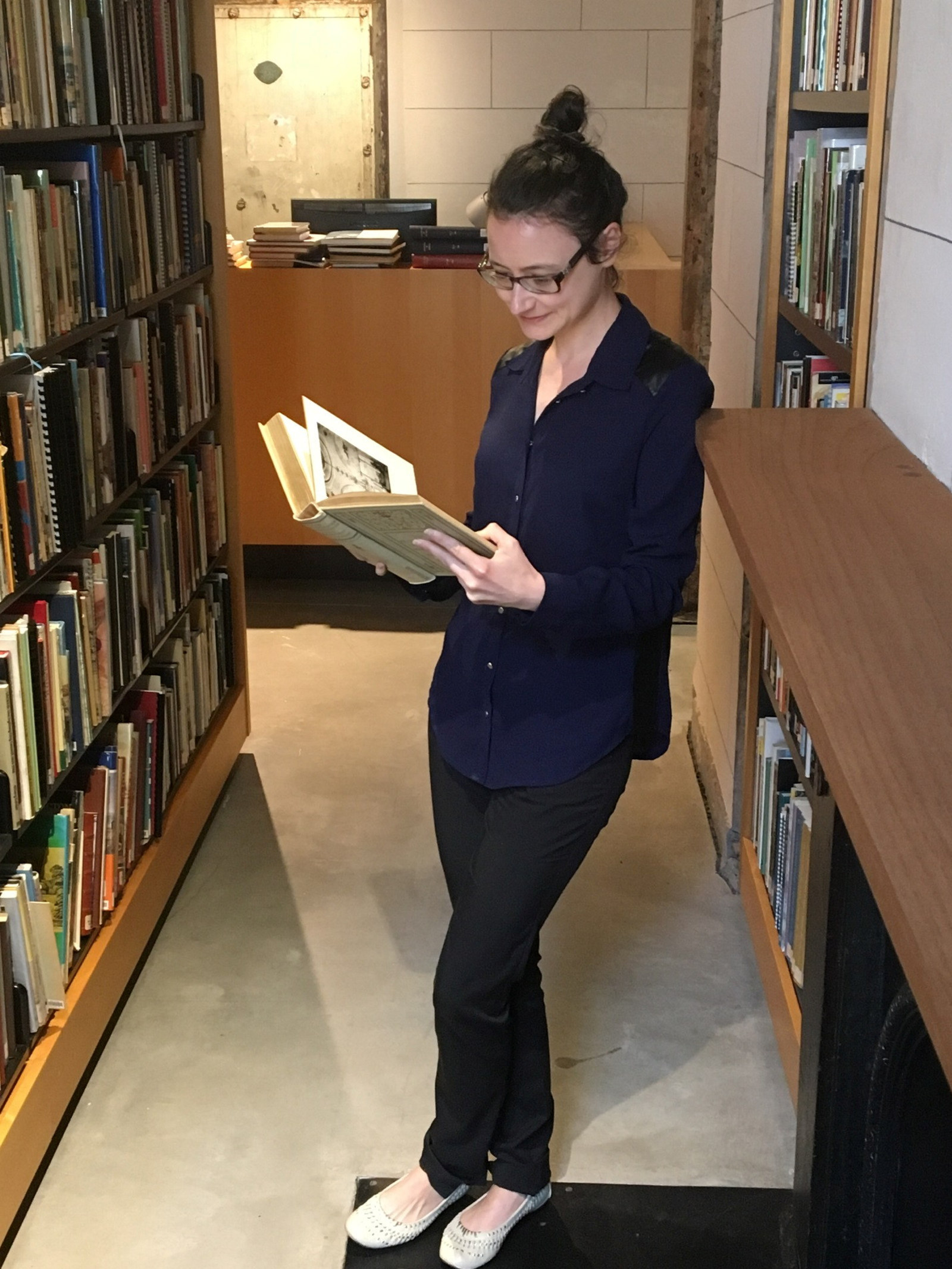Sensational car chase
John Talbot Wright, aged 32, a motor mechanic and former chauffeur, was arrested on 11 September 1920 by Constable Cecil Elliott after a sensational car chase through city streets.
Wright had stolen a brand-new luxury car, a Studebaker limousine belonging to Albert Cosman Jones, managing director of a company called Australian Motor Services Limited. Jones told the press that he had parked the car in the street outside his flat in Bayswater Road, Rushcutters Bay. He was in conversation with a friend inside the flat when he heard the car being started. Rushing from the apartment, he found Constable Elliott on point duty nearby. Together they commandeered a passing car and gave chase to the limousine, Constable Elliott on the footboard firing his revolver at intervals. Eventually, just outside the Captain Cook Hotel in Paddington, the pursuing car drew abreast of the stolen car and Elliott jumped across to the footboard of the limousine, threatening to shoot the driver if he did not stop.1
Wright’s photograph shows him wearing a Returned from Active Service badge. When he came before the court on Monday 13 September, his solicitor pleaded in his client’s defence that Wright was a returned soldier who had enlisted in 1915 and been wounded in action and ‘badly buried as a result of a shell burst’, and that he was ‘a complete nervous wreck when he arrived home’. The solicitor had a letter from a medical specialist stating that Wright had a ‘morbid mental bearing’.2 The solicitor did not mention that Wright had enlisted under the assumed name Jack Russell, Russell being his mother’s maiden name. As Jack Russell he had embarked for the front on 30 September 1915 with the 4th Reinforcements of the 17th Battalion on HMAT Argyllshire. His service dossier shows that he saw active service in Egypt and on the Western Front, that he spent quite a bit of time in military detention for various offences, and that he was hospitalised on a number of occasions for mostly unspecified ailments, but it has nothing specific to say about his being wounded in action.
In any event, when Wright appeared before the committal court in August neither the magistrate nor the police prosecutor was sympathetic to the solicitor’s shell-shock plea, the prosecutor asking: ‘If everyone came before the court with the excuse of shell-shock where would we be?’3
Constable Elliott’s actions, on the other hand, were much acclaimed. He was himself a returned soldier, only 22 years old and a policeman for just seven months. As one journalist put it: ‘Before Elliott joined the force he was engaged in the most exciting of all chases – for Germans in France’.4
Footnotes
- The National Advocate (Bathurst), 13 September 1920, p1.
- Evening News, 13 September 1920, p6.
- Ibid.
- The National Advocate, op cit.
Published on
